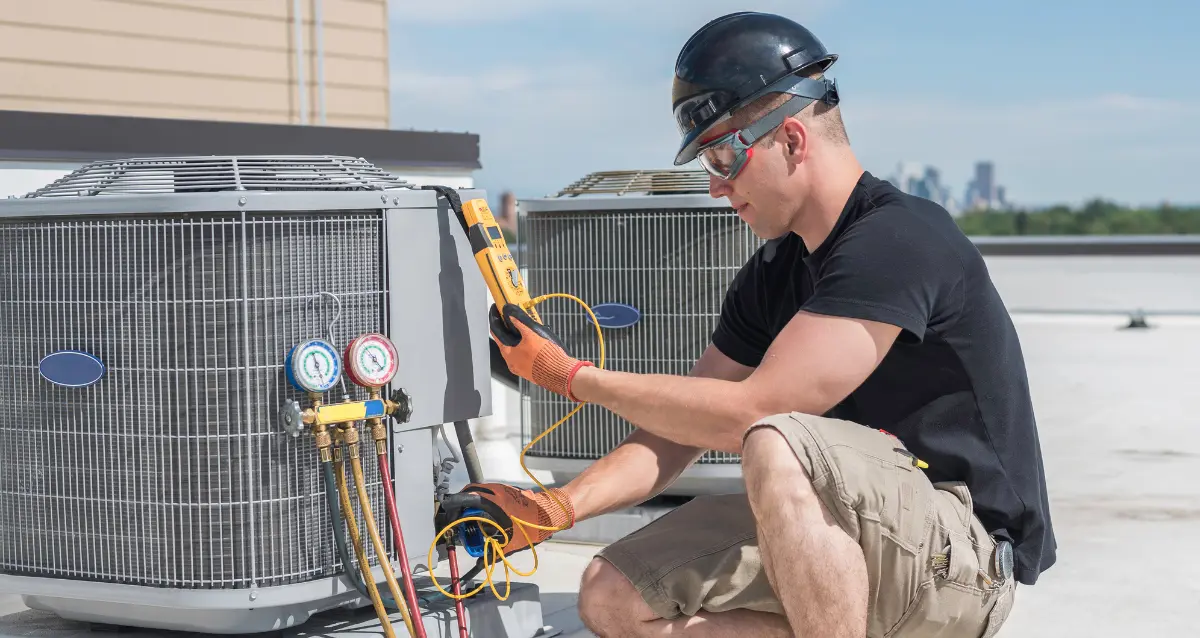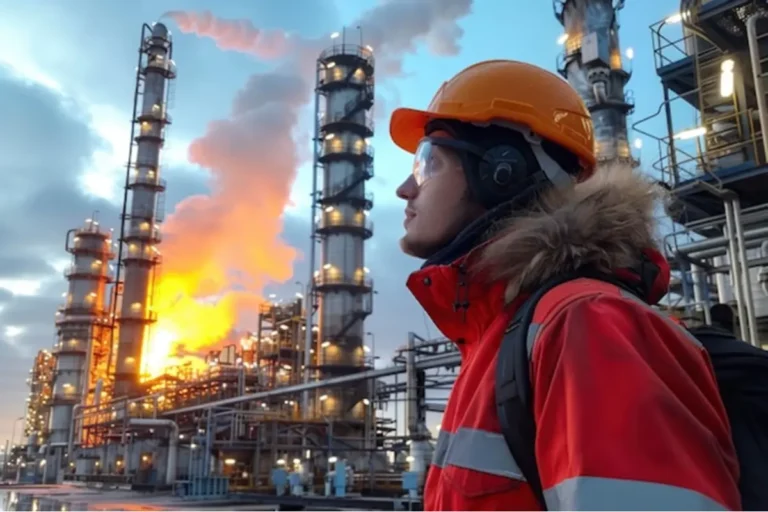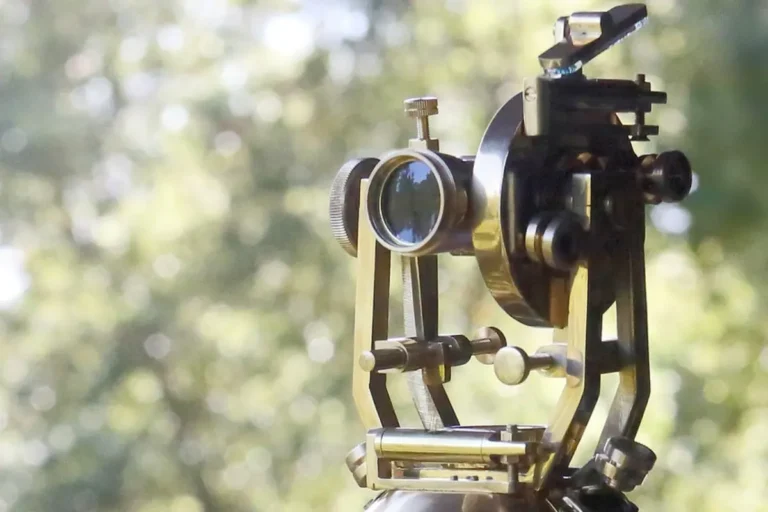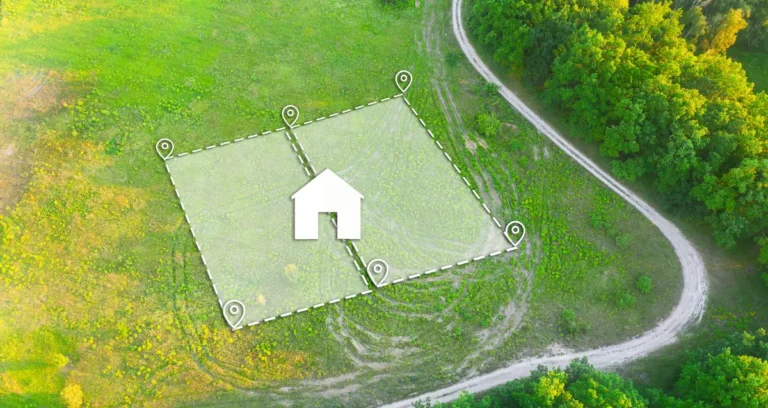Understanding Professional HVAC Installation: Key Considerations and Benefits
Professional heating, ventilation, and air conditioning (HVAC) installation plays a crucial role in maintaining comfort and air quality in our homes and workplaces. These systems regulate temperature, humidity, and air purity, creating a healthy and pleasant environment. However, the efficiency and longevity of these systems largely depend on the quality of their professional installation.
Proper professional HVAC installation is not just about connecting a few pipes and wires. It is a complex process that requires in-depth knowledge, experience, and adherence to industry standards. Improper installation can lead to reduced system performance, increased energy consumption, frequent breakdowns, and even health issues due to poor air quality.
What is HVAC?
HVAC stands for Heating, Ventilation, and Air Conditioning. It refers to the technology and equipment used to control the temperature, humidity, and air quality within a building or space. HVAC systems play a crucial role in maintaining a comfortable and healthy indoor environment, regardless of the weather conditions outside.
Components of an HVAC System:
- Heating: This component is responsible for warming the air during colder months. Common heating systems include furnaces, boilers, and heat pumps.
- Ventilation: This component ensures proper airflow and air exchange, removing stale air and pollutants while bringing in fresh air from the outside. Ventilation can be achieved through natural or mechanical means.
- Air Conditioning: This component cools and dehumidifies the air during warmer months. The most common type of air conditioner is a central air conditioning system, but there are also ductless mini-split systems and heat pumps that offer both heating and cooling capabilities.
- Thermostat: This device acts as the control center of the HVAC system, allowing users to set desired temperatures and adjust other settings.
- Ductwork: In central HVAC systems, ducts are used to distribute conditioned air throughout the building.
- Vents and Registers: These openings in the walls or ceiling allow conditioned air to enter and exit the rooms.
- Filters: HVAC systems typically have filters to remove dust, pollen, and other particles from the air.
Types of HVAC Systems:
- Central Air Conditioning: This is the most common type of HVAC system, consisting of a central unit that cools and dehumidifies the air, which is then distributed throughout the building through ductwork.
- Ductless Mini-Split: These systems are ideal for homes without existing ductwork. They consist of an outdoor unit and one or more indoor units that are mounted on walls or ceilings. Each indoor unit can be controlled independently, providing zoned heating and cooling.
- Heat Pumps: These systems can both heat and cool a home. In heating mode, they extract heat from the outdoor air (even in cold weather) and transfer it indoors. In cooling mode, they operate like a standard air conditioner.
- Furnaces: These systems use fuel (such as natural gas, propane, or oil) to generate heat, which is then distributed through ductwork.
- Boilers: These systems heat water, which is then circulated through radiators or baseboard heaters to warm the air.
The choice of an HVAC system depends on various factors, including the size and layout of the building, climate, budget, and personal preferences.
Importance of Professional HVAC Installation
Investing in professional HVAC installation is crucial for several reasons:
Ensuring System Efficiency and Longevity:
- Optimal Performance: Professional installers have the expertise to properly size and configure the HVAC system for your specific home or building. This ensures that the system operates at peak efficiency, providing consistent comfort while minimizing energy consumption.
- Reduced Energy Costs: A correctly installed HVAC system will use less energy to heat or cool your space, leading to lower utility bills over time.
- Extended Lifespan: Professionals adhere to industry best practices and manufacturer guidelines during installation. This meticulous approach helps prevent premature wear and tear on the system, extending its lifespan and reducing the need for costly repairs or replacements.
Safety Considerations:
- Proper Electrical Connections: HVAC systems involve complex electrical wiring. Incorrect connections can pose a serious fire hazard. Professional installers are trained to handle electrical work safely and ensure compliance with local codes and regulations.
- Gas Line Safety: If your HVAC system uses natural gas or propane, professional installation is essential to prevent gas leaks, which can be extremely dangerous. Installers have the tools and knowledge to safely connect gas lines and detect potential leaks.
- Refrigerant Handling: Air conditioning systems use refrigerants, which can be harmful to the environment and human health if not handled properly. Certified technicians are trained in the safe handling and disposal of refrigerants.
Avoiding Common Installation Mistakes:
- Improper Sizing: One of the most common mistakes is installing a system that is too small or too large for the space. This can lead to inefficient operation, increased energy consumption, and premature system failure. Professional installers will perform a load calculation to determine the correct size of the system.
- Leaking Ductwork: Leaky ducts can significantly reduce the efficiency of a central HVAC system, as conditioned air escapes before reaching its intended destination. Professionals will carefully seal all ductwork connections to prevent leaks.
- Incorrect Thermostat Placement: The placement of the thermostat can affect how accurately it senses the temperature in the room. If it is installed in a location exposed to direct sunlight or drafts, it may not provide accurate readings, leading to inefficient system operation. Professionals will choose the optimal location for the thermostat.
- Refrigerant Overcharge or Undercharge: An incorrect amount of refrigerant in an air conditioning system can severely impact its performance and lifespan. Professionals have the tools and knowledge to accurately measure and adjust refrigerant levels.
By entrusting your HVAC installation to a qualified professional, you can have peace of mind knowing that your system will be installed safely and correctly, maximizing its efficiency, longevity, and safety.
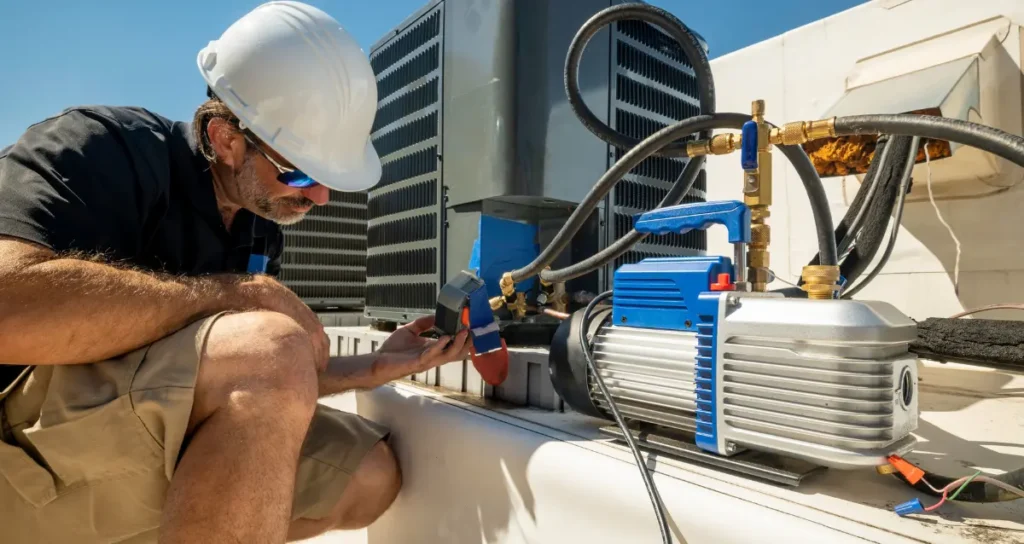
Steps in Professional HVAC Installation
A professional HVAC installation is a multi-step process that involves careful planning, execution, and testing to ensure optimal performance and longevity of the system. Here’s a breakdown of the typical steps involved:
Initial Consultation and Assessment:
- Needs Assessment: The HVAC professional will discuss your heating and cooling needs, considering factors such as the size of your home or building, climate, budget, and any specific requirements you may have.
- Site Assessment: The installer will conduct a thorough inspection of your property to evaluate the existing HVAC system (if any), ductwork, electrical connections, and available space for the new system.
- Load Calculation: A load calculation will be performed to determine the appropriate size and capacity of the HVAC system needed to effectively heat and cool your space. This calculation takes into account factors like square footage, insulation levels, window size, and sun exposure.
Choosing the Right System for Your Needs:
- System Selection: Based on the assessment and load calculation, the installer will recommend the most suitable HVAC system for your needs. They will explain the different options available, including central air conditioning, ductless mini-splits, heat pumps, and other relevant choices.
- System Design: The installer will design the layout of the system, including the placement of the indoor and outdoor units, ductwork (if applicable), and thermostat.
Pre-Installation Preparation:
- Permits and Approvals: The installer will obtain any necessary permits and approvals from local authorities before starting the installation process.
- Site Preparation: The installation site will be prepared, including clearing any obstacles, protecting floors and furniture, and ensuring adequate access to electrical panels and gas lines.
Installation Process:
- Ductwork Setup (if applicable): If the system requires ductwork, it will be installed or modified as needed. This involves designing the duct layout, fabricating and installing ducts, and sealing all connections to prevent leaks.
- Unit Installation: The indoor and outdoor units of the HVAC system will be installed in their designated locations, following manufacturer instructions and industry best practices.
- Electrical Connections: The installer will make the necessary electrical connections, ensuring proper grounding and adherence to safety codes.
- Refrigerant Lines (if applicable): In systems that use refrigerant, such as air conditioners and heat pumps, the refrigerant lines will be connected and charged with the appropriate amount of refrigerant.
System Testing:
- Pressure Testing: The system will be pressure tested to check for leaks in the refrigerant lines and ductwork.
- Operational Testing: The system will be turned on and tested in both heating and cooling modes to ensure it is functioning properly and meeting the desired temperature settings.
- Airflow Measurement: Airflow measurements will be taken to verify that the correct amount of air is being delivered to each room.
Post-Installation Inspection and Adjustments:
- Final Inspection: The installer will conduct a final inspection to ensure that all components are installed correctly and that the system is operating at peak efficiency.
- Fine-tuning: Any necessary adjustments will be made to the system settings, such as thermostat calibration and airflow balancing, to optimize performance and comfort.
- Customer Education: The installer will explain how to operate and maintain the new HVAC system, including how to change filters and troubleshoot basic issues.
By following these steps, a professional HVAC installation will ensure that your system is installed safely, efficiently, and effectively, providing you with reliable heating and cooling comfort for years to come.
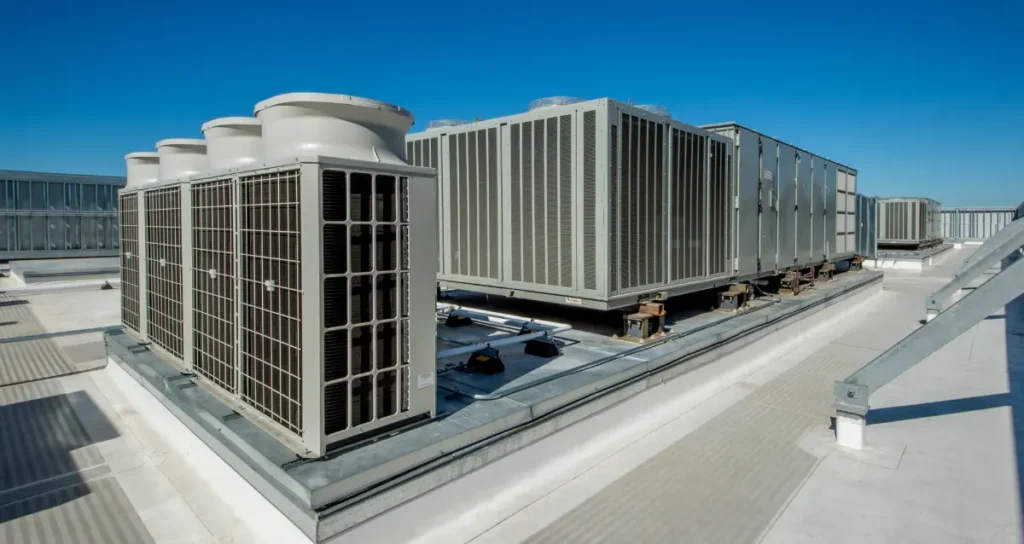
Benefits of Professional HVAC Installation
Investing in professional HVAC installation offers a multitude of benefits that extend beyond simply having a functional heating and cooling system. These benefits contribute to your comfort, health, and financial well-being in the long run.
Enhanced Energy Efficiency:
- Proper Sizing and Configuration: Professional installers ensure that the HVAC system is correctly sized and configured for your specific needs. This prevents the system from overworking or underperforming, both of which can lead to wasted energy.
- Optimal Airflow: Professionals ensure proper airflow throughout your home by correctly designing and installing ductwork (if applicable). This prevents hot or cold spots and ensures that conditioned air reaches all areas efficiently.
- Energy-Efficient Equipment: Professionals often have access to high-efficiency HVAC models that may not be available to the general public. These models can significantly reduce energy consumption compared to older or less efficient units.
Improved Indoor Air Quality:
- Proper Ventilation: Professional installation ensures adequate ventilation, which is crucial for removing pollutants, allergens, and excess moisture from your home. This can lead to improved respiratory health and a more comfortable living environment.
- High-Quality Air Filters: Professionals can recommend and install high-quality air filters that effectively trap dust, pollen, and other airborne particles. This can be particularly beneficial for allergy sufferers.
- Duct Sealing: If your system uses ducts, professionals can identify and seal any leaks, preventing dust and other contaminants from entering the airflow.
Consistent Home Comfort:
- Accurate Thermostat Placement: Professionals know the optimal location for your thermostat to ensure accurate temperature readings and consistent comfort throughout your home.
- Zoning (if applicable): In larger homes or buildings, professionals can install zoning systems that allow you to control the temperature in different areas independently, providing personalized comfort for each occupant.
- Even Air Distribution: Professional installation ensures even air distribution, preventing temperature fluctuations and ensuring a comfortable environment in every room.
Long-Term Cost Savings:
- Reduced Energy Bills: A professionally installed, energy-efficient HVAC system can significantly lower your monthly utility bills, leading to substantial savings over time.
- Fewer Repairs and Maintenance: Proper installation reduces the risk of breakdowns and costly repairs, saving you money in the long run.
- Extended System Lifespan: Professional installation can extend the lifespan of your HVAC system, delaying the need for a costly replacement.
Professional Warranty and Support:
- Manufacturer Warranty: Professional installation often ensures that your HVAC system is eligible for the full manufacturer’s warranty, protecting you from unexpected expenses in case of defects.
- Installer Warranty: Many professional installers offer their own warranties on labor and workmanship, giving you an added layer of protection and peace of mind.
- Maintenance Services: Professional installers often offer ongoing maintenance services to keep your system running efficiently and identify potential issues before they become major problems.
By choosing professional HVAC installation, you’re not just investing in a heating and cooling system; you’re investing in your comfort, health, and financial well-being. The benefits extend far beyond the initial installation and can provide you with peace of mind and significant savings for years to come.
Conclusion
Throughout this article, we have explored the multifaceted importance of professional HVAC installation. From ensuring optimal energy efficiency and indoor air quality to providing consistent comfort and long-term cost savings, the benefits are undeniable. A properly installed HVAC system is not just an appliance; it’s an investment in your well-being, comfort, and the value of your property.
While the initial cost of professional installation may seem higher than DIY options, the long-term benefits far outweigh the upfront expense. By avoiding common installation mistakes, ensuring optimal system performance, and extending the lifespan of your equipment, you will save money on energy bills, repairs, and replacements.
Moreover, professional installation guarantees peace of mind. You can rest assured that your HVAC system is safe, compliant with local codes, and operating at peak efficiency. In addition, you gain access to professional warranties and support, ensuring that any issues are promptly addressed.
Investing in quality installation services is not an expense; it’s a wise decision that pays off in numerous ways. Don’t compromise on your comfort, health, or finances. Choose professional HVAC installation and enjoy the benefits of a well-functioning, efficient, and reliable heating and cooling system for years to come.
FURTHER READING

